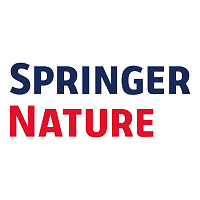Purpose To determine how immune markers are affected by acute hypoxic exercise at the same relative intensity.Twelve endurance-trained males (age: 28 +/- 4 years, O-2max: 63.7 +/- 5.3 mL/kg/min) cycled for 75 min at 70 % of altitude-specific O-2max, once in normoxia (N) and once in hypobaric hypoxia equivalent to 2000 m above sea-level (H). Blood and saliva samples were collected pre-, post- and 2 h post-exercise.Participants cycled at 10.5 % lower power output in H vs. N, with no significant differences in heart rate (P = 0.10) or rating of perceived exertion (P = 0.21). Post-exercise plasma cortisol was higher in H vs. N [683 (95 % CI 576-810) nmol/l vs. 549 (469-643) nmol/l, P = 0.017]. The exercise-induced decrease in CD4:CD8 ratio was greater in H vs. N (-0.5 +/- 0.2 vs. -0.3 +/- 0.2, P = 0.019). There were no significant between-trial differences for adrenocorticotropic hormone, plasma cytokines, antigen-stimulated cytokine production, salivary immunoglobulin-A or lactoferrin. However, there was a main trial effect for concentration [F(11) = 5.99, P < 0.032] and secretion [F(11) = 5.01, P < 0.047] of salivary lysozyme, with this being higher in N at every time-point.Whether the observed differences between H and N are of sufficient magnitude to clinically impair host defence is questionable, particularly as they are transient in nature and since other immune markers are unaffected. As such, acute hypoxic exercise likely does not pose a meaningful additional threat to immune function compared to exercise at sea level, provided that absolute workload is reduced in hypoxia so that relative exercise intensity is the same.

Effect of acute exercise and hypoxia on markers of systemic and mucosal immunity
Review badges
2 pre-pub reviews
0 post-pub reviews